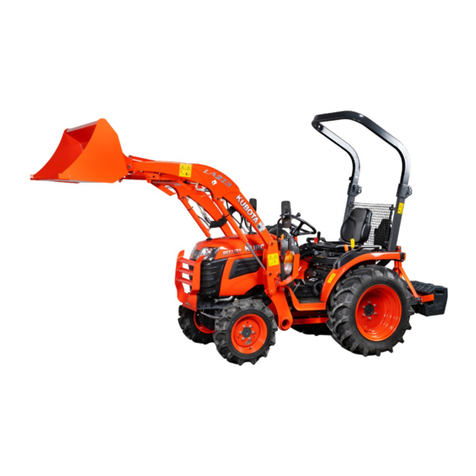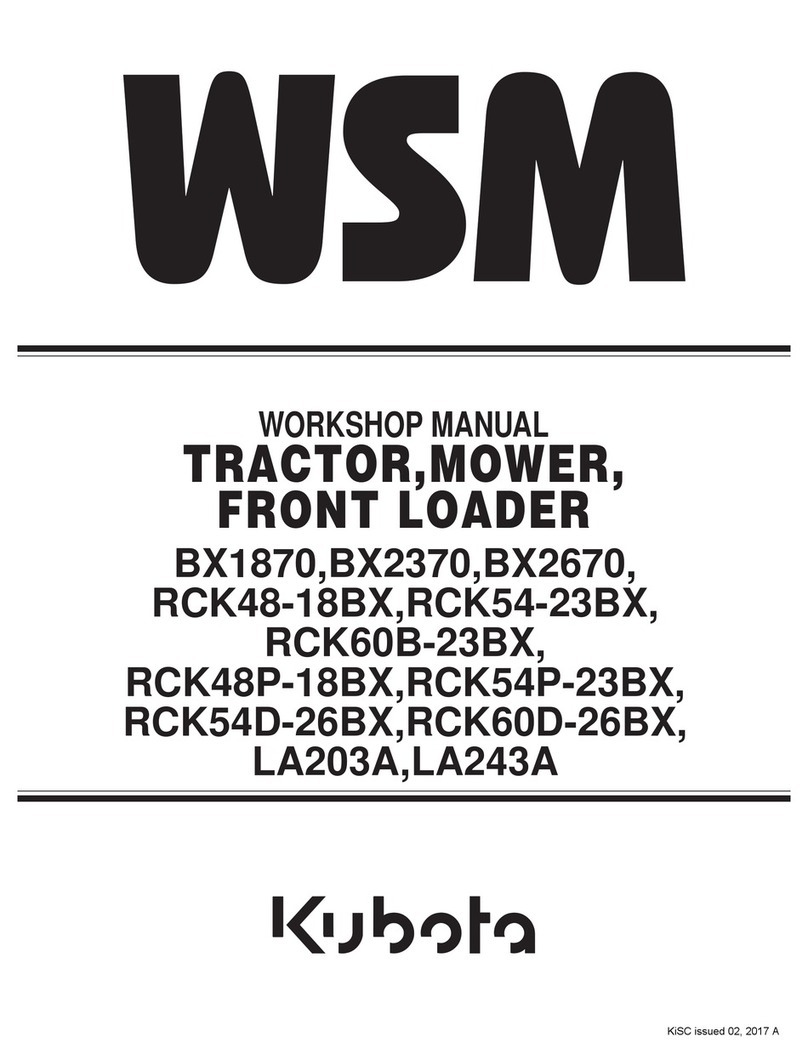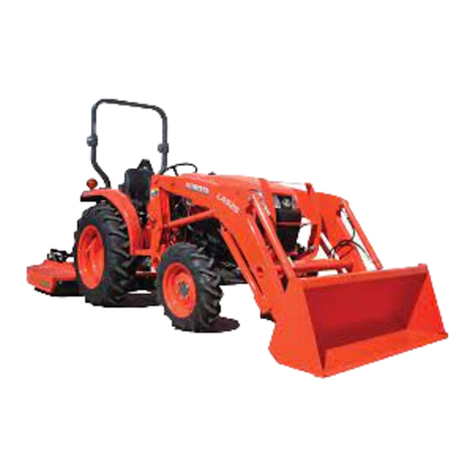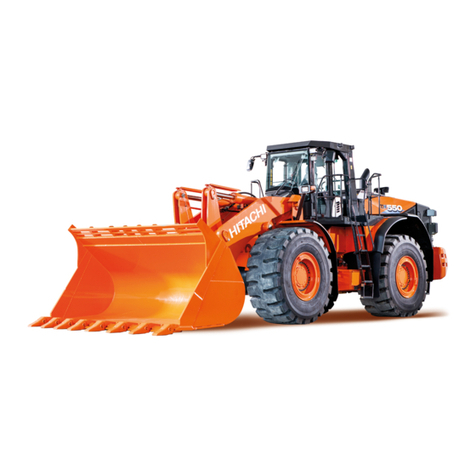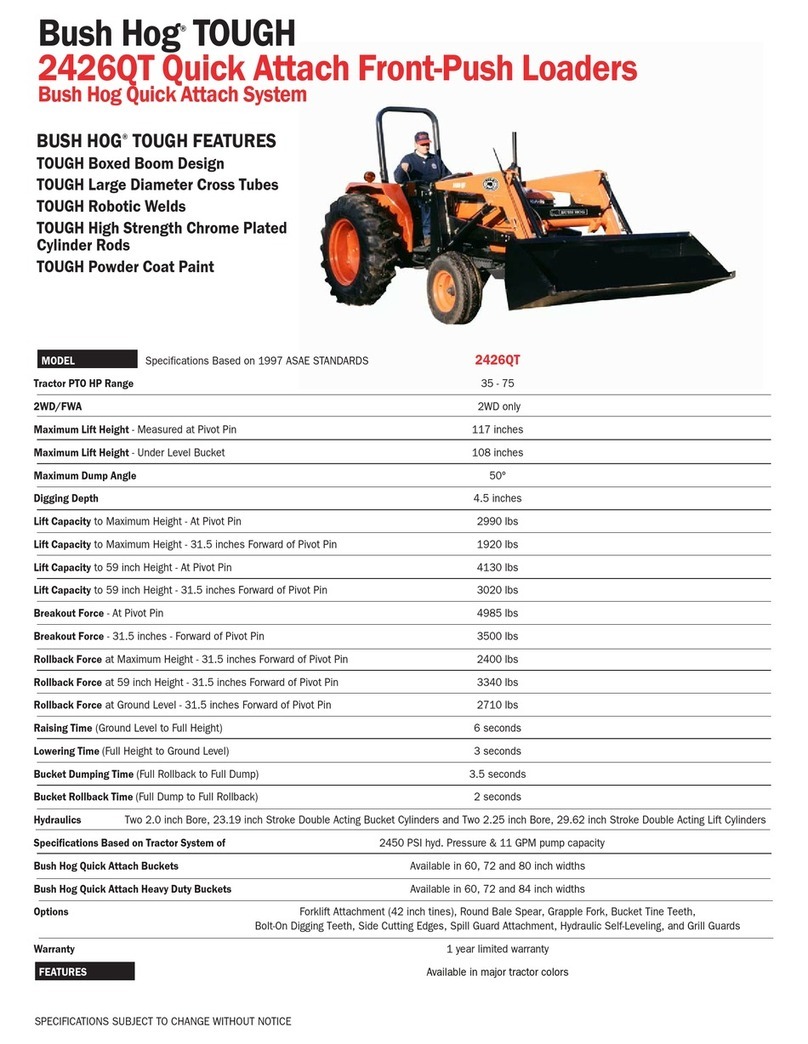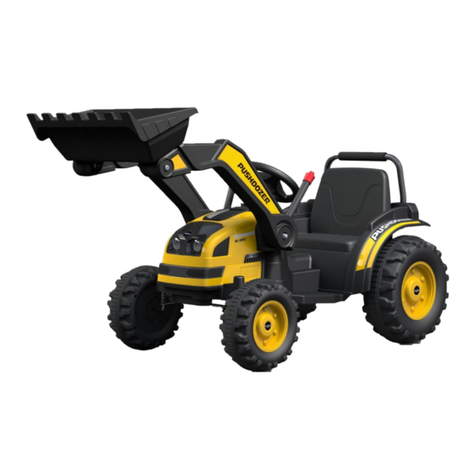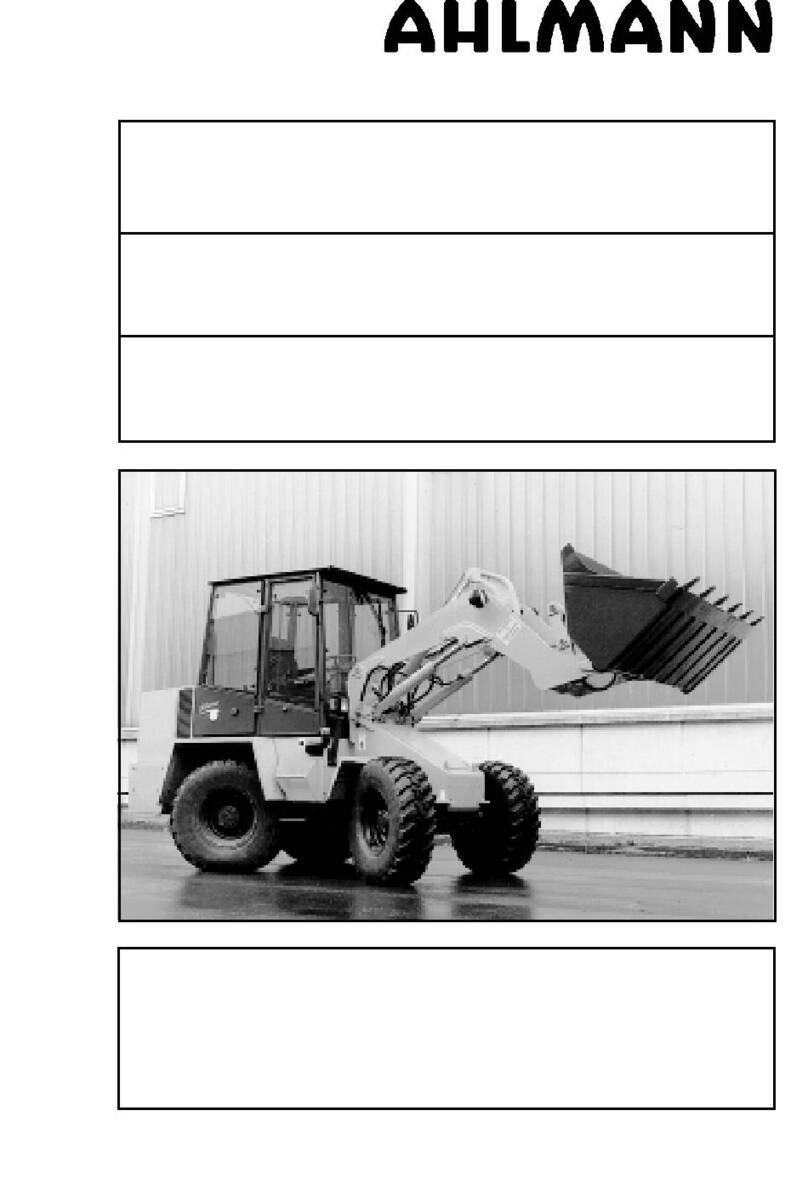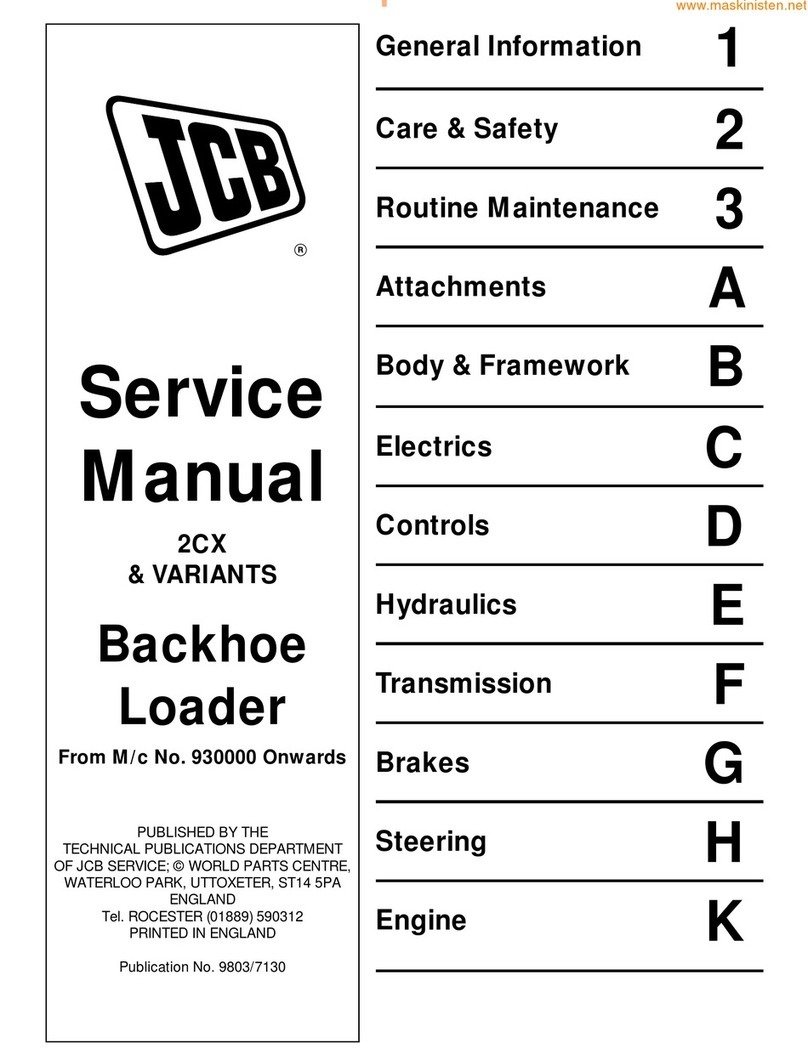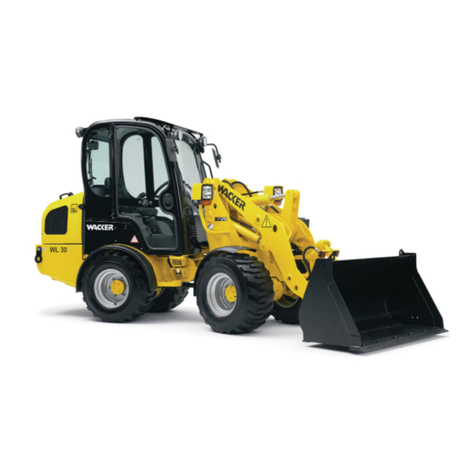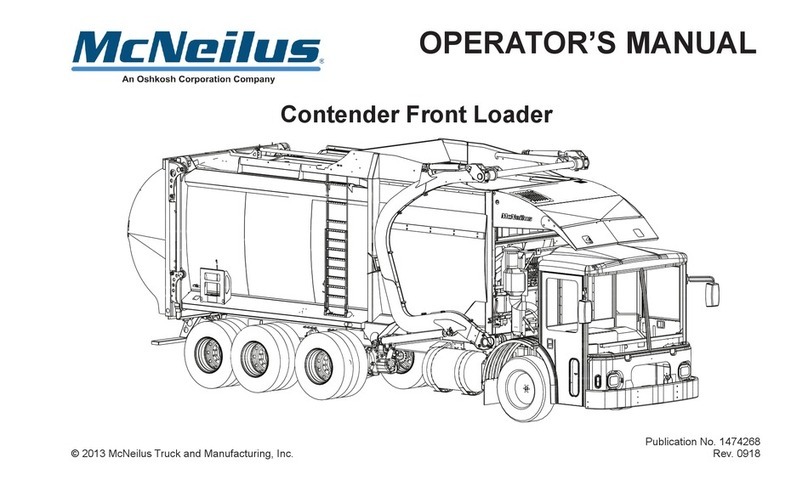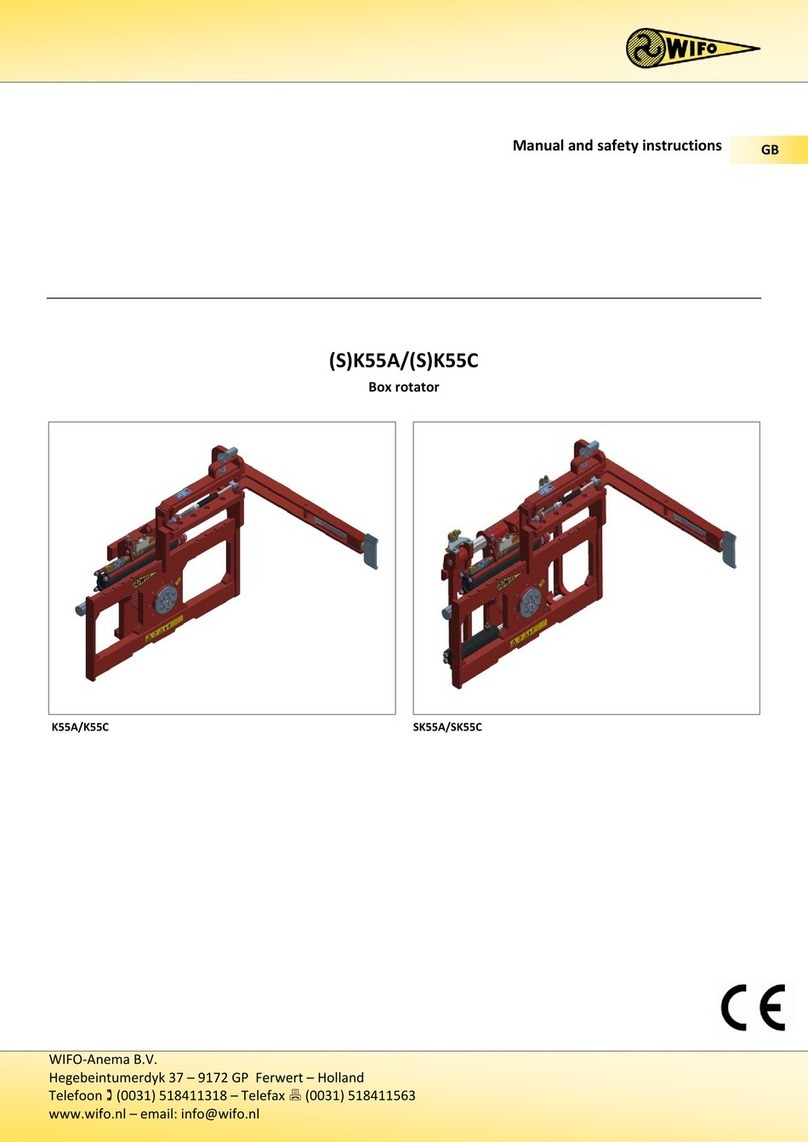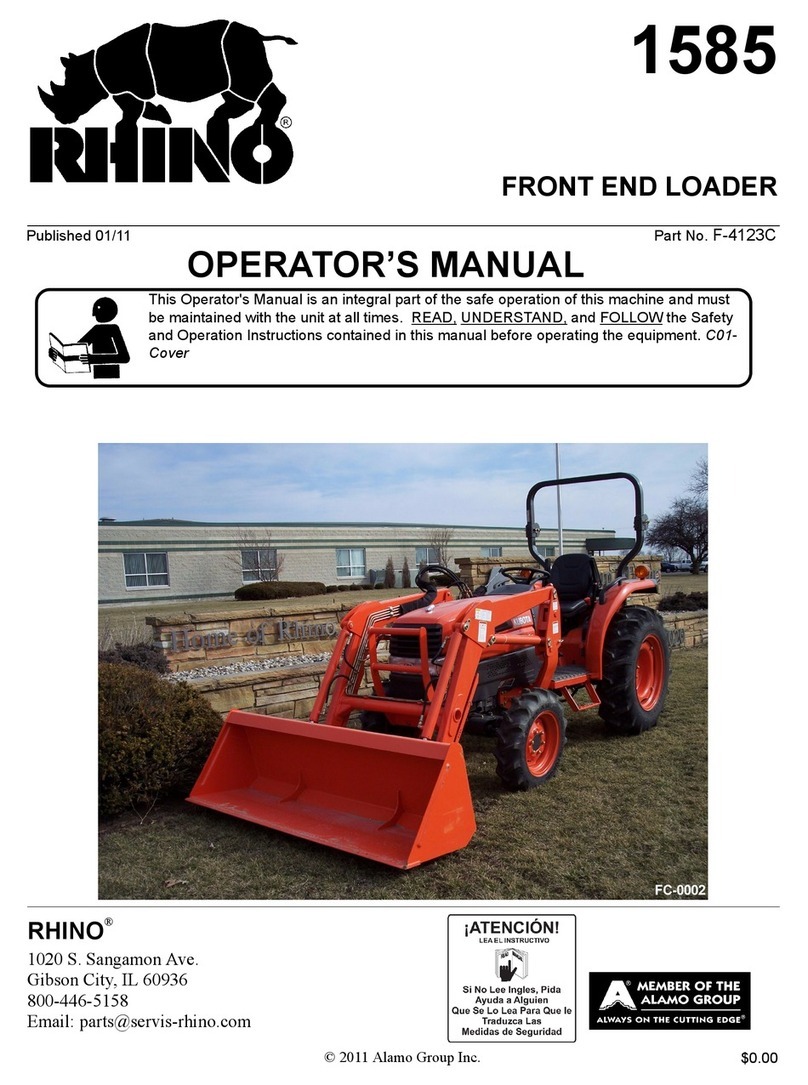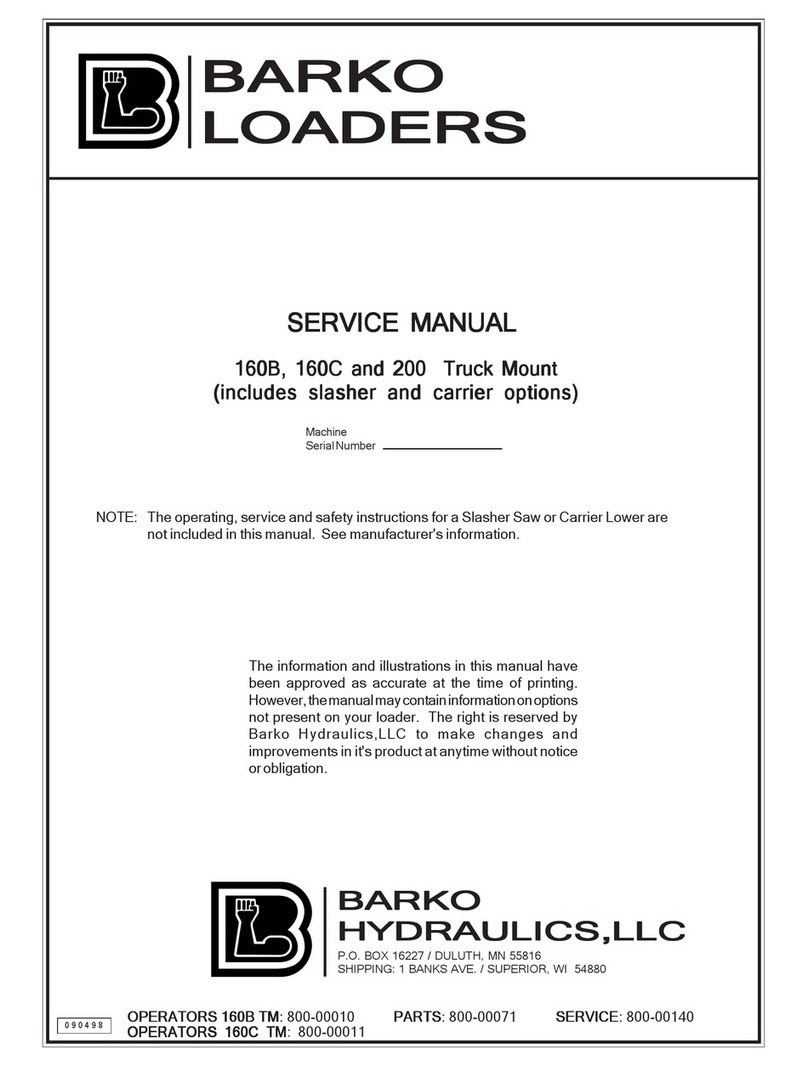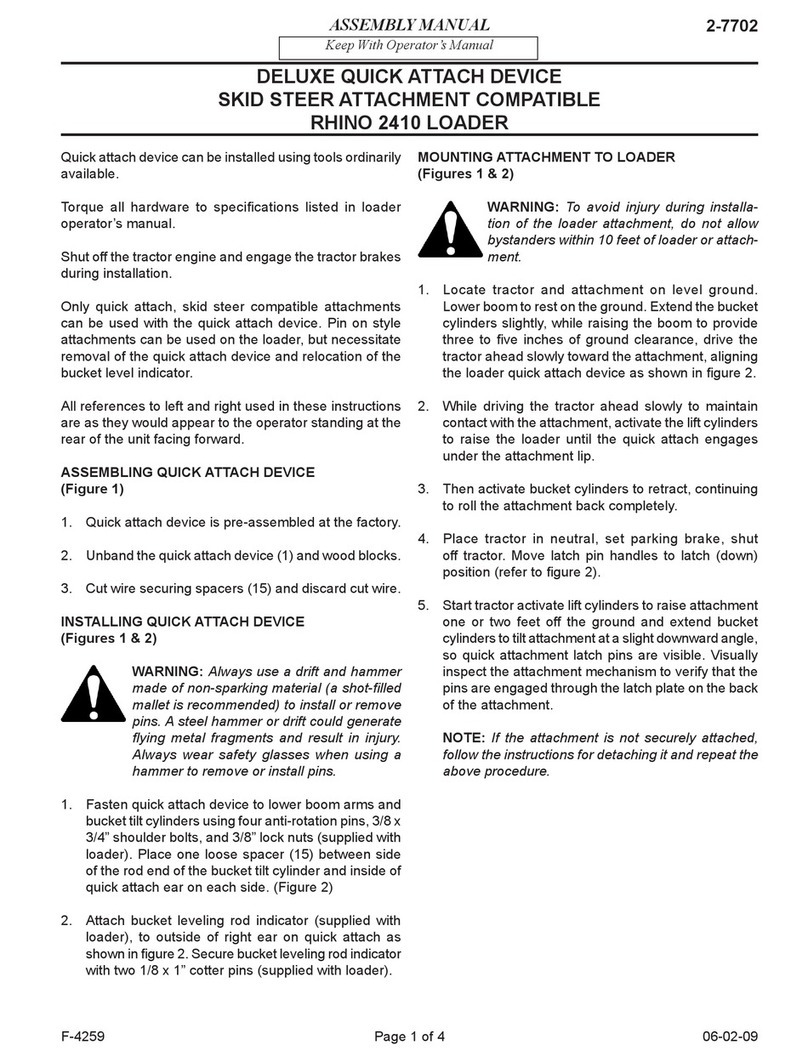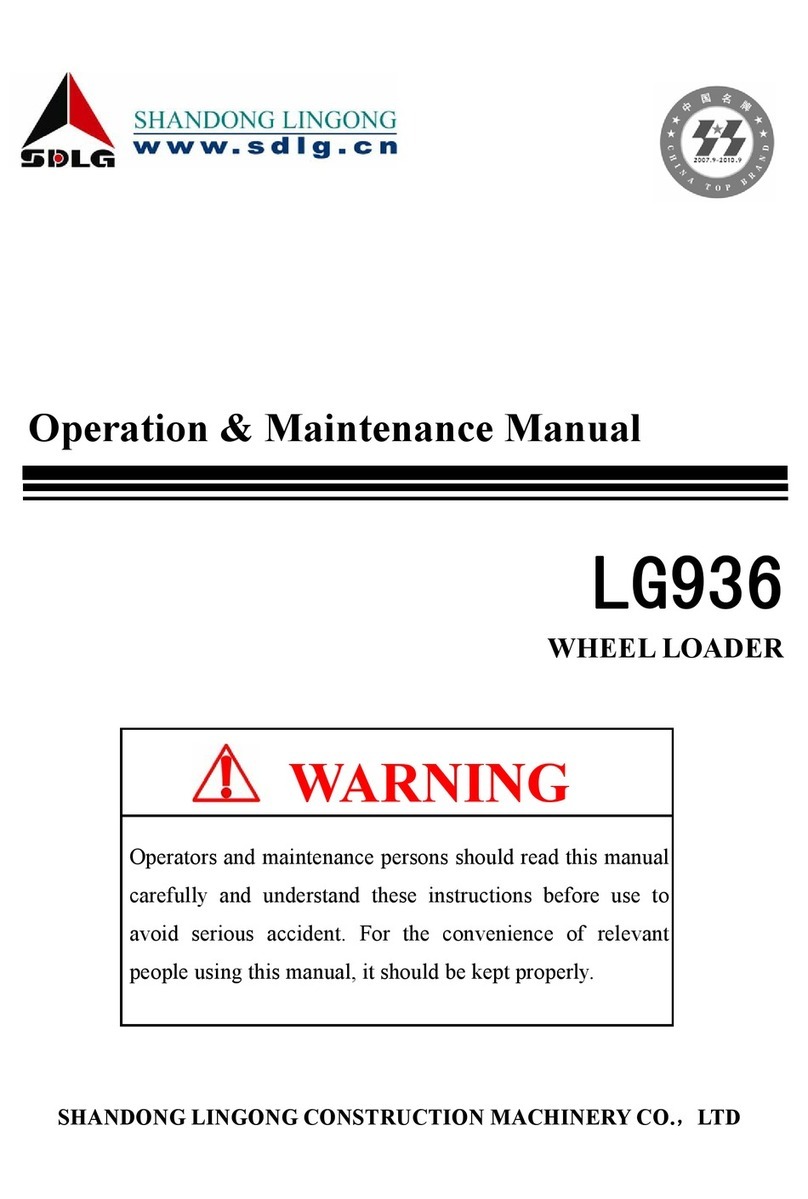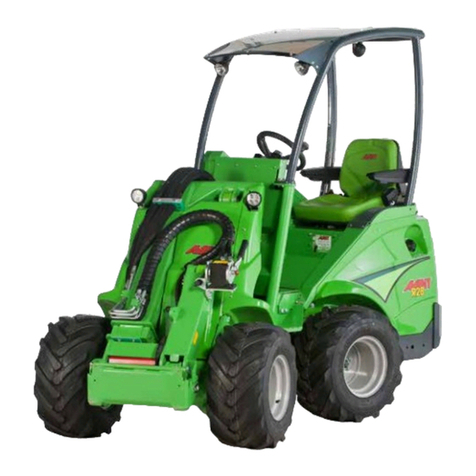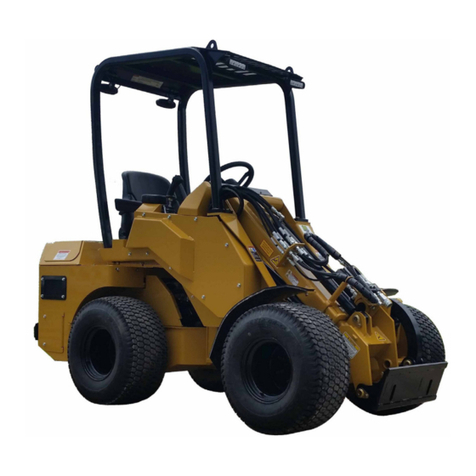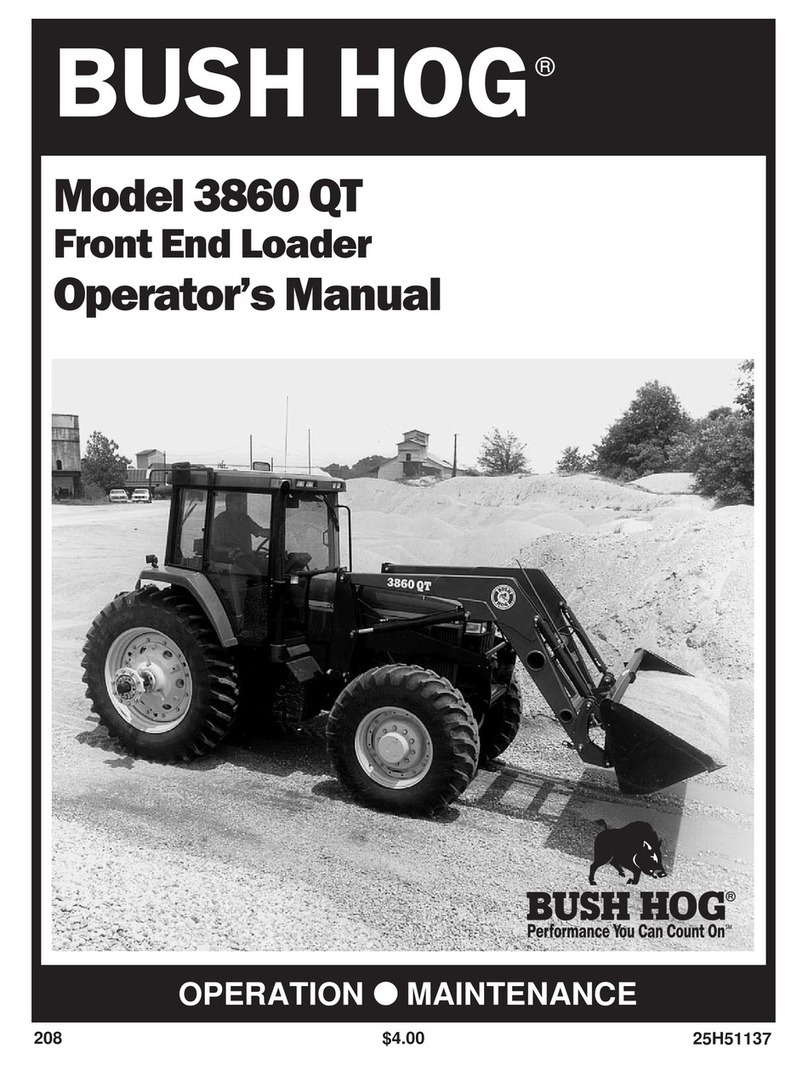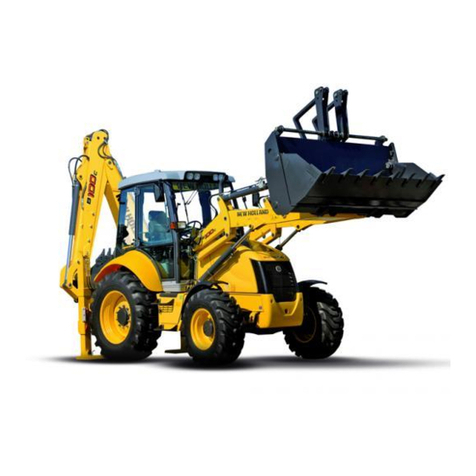
5. Checking and refilling the oil in the brake fluid reservoir ......................................................................... 100
6. Applying the grease to the grease fittings ............................................................................................... 100
7. Checking the pressure and wear of tire and the wheel nuts.................................................................... 102
8. Checking and cleaning the radiator and the oil cooler............................................................................. 102
9. Checking the steering.............................................................................................................................. 102
10. Checking the gear locked parking brake ............................................................................................... 103
11. Checking the disc brake......................................................................................................................... 103
12. Checking and cleaning the engine and the electrical wiring.................................................................. 103
13. Checking the fan belt............................................................................................................................. 103
14. Washing the whole machine.................................................................................................................. 103
15. Draining the water separator ................................................................................................................. 103
16. Cleaning the evacuator valve ................................................................................................................ 104
17. Checking the dust indicator ................................................................................................................... 104
18. Checking the diesel particulate filter (DPF) muffler ............................................................................... 105
19. Checking the washer liquid [Cabin type only]........................................................................................ 105
20. Checking and tightening the loose bolts and the nuts ........................................................................... 105
21. Checking the electrical wiring for short-circuits and loose terminals ..................................................... 105
22. Checking the lamps and the instruments .............................................................................................. 105
23. Testing the horn ..................................................................................................................................... 105
24. Checking the machine for leaks ............................................................................................................ 105
25. Checking and cleaning after operating in muddy areas ........................................................................ 105
SERVICE EVERY 50 HOURS .......................................................................................................................... 106
1. Checking the battery condition ................................................................................................................ 106
1.1 Charging the battery......................................................................................................................... 106
1.2 Storing the battery............................................................................................................................ 107
SERVICE EVERY 250 HOURS ........................................................................................................................ 107
1. Checking the fan belt tension .................................................................................................................. 107
2. Checking the radiator hoses and the clips............................................................................................... 108
3. Cleaning and checking the air cleaner element....................................................................................... 108
4. Checking the fuel line and the intake air line ........................................................................................... 109
5. Checking the wheel nuts ......................................................................................................................... 109
6. Cleaning the air cleaner element............................................................................................................. 109
7. Replacing the water separator filter element ........................................................................................... 110
8. Changing the engine oil........................................................................................................................... 110
9. Replacing the engine oil filter cartridge ....................................................................................................111
SERVICE EVERY 500 HOURS .........................................................................................................................111
1. Checking the end plate of center shaft .....................................................................................................111
2. Checking and replenishing the oil in the front and the rear axle differential case and the reduction
gear case................................................................................................................................................. 112
3. Replacing the return filter ........................................................................................................................ 112
4. Replacing the fuel filter ............................................................................................................................ 113
SERVICE EVERY 1000 HOURS ...................................................................................................................... 113
1. Changing the oil for the front and the rear axle differential case and the reduction gear case................ 113
2. Replacing the HST oil filter ...................................................................................................................... 114
3. Changing the hydraulic oil and the suction filter ...................................................................................... 115
4. Replacing the air cleaner element ........................................................................................................... 116
5. Adjusting the engine valve clearance ...................................................................................................... 116
SERVICE EVERY 1500 HOURS ...................................................................................................................... 116
1. Checking the injector ............................................................................................................................... 116
2. Replacing the oil separator element ........................................................................................................ 116
3. Checking the EGR cooler ........................................................................................................................ 117
SERVICE EVERY 2000 HOURS ...................................................................................................................... 117
1. Checking the alternator and the starter motor ......................................................................................... 117
SERVICE EVERY 3000 HOURS ...................................................................................................................... 117
1. Checking the EGR system ...................................................................................................................... 117
SERVICE EVERY 6000 HOURS ...................................................................................................................... 117
1. Cleaning the diesel particulate filter (DPF) .............................................................................................. 117
ANNUAL SERVICING....................................................................................................................................... 117

